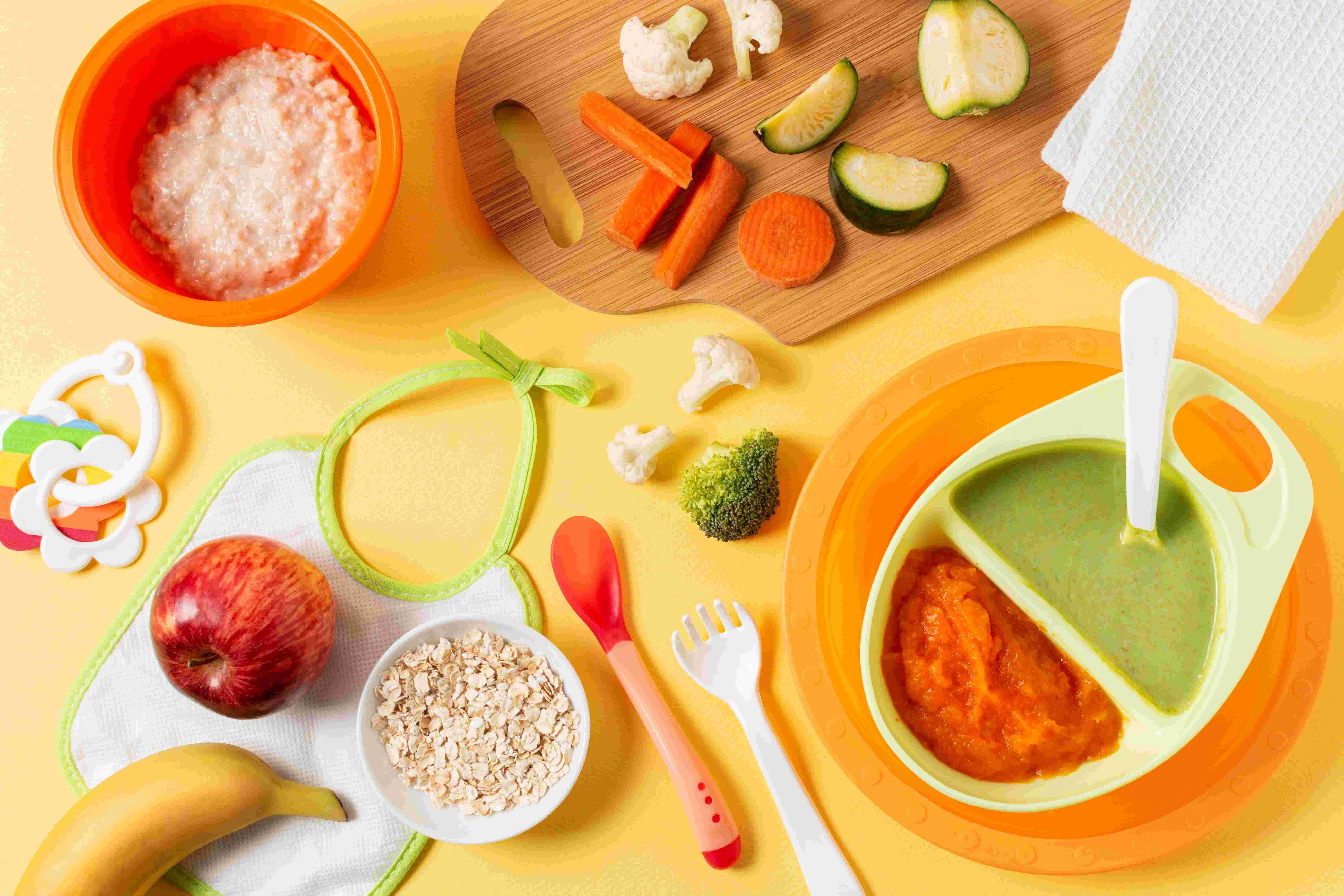As more families shift towards sustainable living, the need for eco-friendly baby products is rapidly growing. One of the easiest ways to make a positive environmental impact is by choosing reusable baby feeding supplies. These products not only reduce household waste but also help parents save money in the long run. In this article, we’ll explore the benefits of using reusable feeding items, the types available, and practical tips for incorporating them into your daily routine.
The Environmental Cost of Disposable Feeding Products
Every day, millions of disposable items like baby bottles, spoons, and food pouches are thrown away after just one use. These products often end up in landfills or contribute to ocean pollution, taking hundreds of years to decompose. Manufacturing disposable items also uses a significant amount of energy, water, and resources—only to result in waste.
Switching to reusable baby feeding supplies is an effective way to reduce your carbon footprint. Unlike their single-use counterparts, reusable items are made from durable materials like silicone, stainless steel, and BPA-free plastic, which can be washed and reused many times.
Types of Reusable Feeding Supplies
There are a wide variety of eco-friendly alternatives available today. Here are some of the most popular types of reusable baby feeding items:
1. Reusable Baby Bottles
Modern baby bottles made from silicone or tempered glass offer a safe and sustainable option for feeding. These bottles are designed for repeated use and often come with interchangeable parts that can be replaced individually instead of discarding the whole bottle.
2. Silicone Food Pouches
Ideal for homemade purees and smoothies, reusable food pouches are a great replacement for single-use plastic ones. They are easy to fill, clean, and carry—perfect for busy parents on the go.
3. Suction Bowls and Plates
Made from food-grade silicone, suction bowls and plates prevent spills and are easy to clean. Their strong grip keeps them in place, reducing mess during mealtime and making them more durable than disposable plates.
4. Reusable Utensils
Instead of using plastic spoons and forks, opt for reusable ones made from bamboo or stainless steel. These are not only environmentally friendly but also safer and more ergonomic for babies learning to self-feed.
5. Cloth Bibs and Napkins
Cloth alternatives to disposable bibs and paper towels can be washed and reused countless times. Choose absorbent materials like organic cotton for maximum comfort and effectiveness.
Benefits for Parents and Babies
Choosing reusable feeding items has numerous advantages beyond reducing waste.
Healthier for Babies
Reusable feeding products are generally made from safer, non-toxic materials. Unlike some disposable items, they don’t contain harmful chemicals like BPA or phthalates, which can leach into food or milk.
Cost-Effective
Though the initial investment might be higher, reusable baby feeding items quickly pay for themselves. Parents save money by not having to constantly repurchase disposable versions.
Easy Maintenance
Most reusable feeding items are dishwasher-safe and resistant to stains and odors, making them practical for everyday use. With proper care, many products last throughout infancy and beyond.
How to Transition to Reusables
Switching to sustainable feeding products doesn’t have to happen overnight. Here are a few simple steps to get started:
Start with a Kit
Many eco-friendly brands offer complete baby feeding supplies kits that include bottles, utensils, and plates. These sets make it easy to make the switch without having to buy each item individually.
Build Habits Gradually
Replace disposable items as they run out. For example, when your pack of single-use spoons is finished, buy a set of reusable ones instead.
Involve Your Child
Make sustainability fun by letting your child choose colours or animal-themed feeding gear. This not only engages them but also reinforces eco-conscious habits from a young age.
Clean and Store Properly
Follow care instructions to extend the lifespan of each item. Use a drying rack and keep reusable items organized in a clean drawer or cupboard for easy access.
Popular Materials for Reusable Baby Feeding Items
When shopping for sustainable products, it’s important to understand the materials commonly used:
-
Food-grade Silicone – Flexible, durable, and easy to clean.
-
Tempered Glass – Safe for warming food and easy to sanitise.
-
Stainless Steel – Long-lasting and resistant to rust or damage.
-
Organic Cotton – Ideal for bibs and napkins; soft and hypoallergenic.
-
Bamboo – Lightweight and biodegradable, commonly used for utensils.
Always ensure the products are BPA-free and meet safety standards specific to infant feeding.
Supporting Brands That Care
Many brands now focus on creating eco-conscious baby products. By supporting these companies, you're contributing to a larger movement toward sustainability in parenting. Look for certifications such as “eco-friendly,” “BPA-free,” and “cruelty-free” to ensure the brand aligns with your values.
Additionally, some companies offer recycling programmes or discounts on refills, encouraging long-term use and responsible disposal.
Conclusion
Choosing reusable baby feeding supplies is a simple yet powerful way to support a more sustainable lifestyle. These products help reduce waste, protect your baby’s health, and save money in the long run. As more families embrace eco-conscious parenting, the demand for durable and environmentally friendly feeding options will only continue to grow. Make the switch today and take a meaningful step toward a cleaner, greener future.



